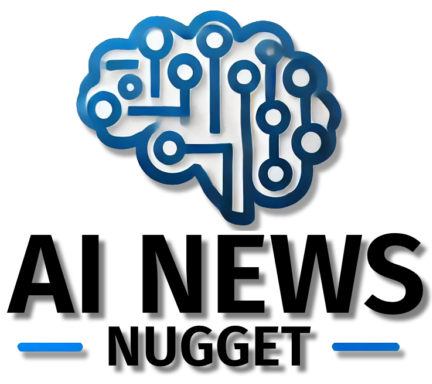Imagine a detective capable of discerning a human hand from an AI pen just by scrutinizing the text. This isn’t a scene from a sci-fi novel; it’s a peek into OpenAI’s latest innovation—an AI text detector that can analyze documents for signatures of AI-originated text. Yet, this digital detective has sparked a blazing debate, pitting the promise of technological transparency against fears of misuse.
As AI becomes an ubiquitous co-author, distinguishing between human and AI-generated text grows increasingly pivotal. With a claimed 99.9% accuracy on lengthy texts, OpenAI’s detector could demystify the digital landscape—potentially unmasking automated disinformation campaigns, exposing AI-tailored plagiarism, and curbing potentially harmful uses of text-generating AIs. However, built solely for OpenAI’s ChatGPT, the tool might inadvertently incentivize users to patronize other language models, leading to an uncontrolled proliferation of AI writing.
The tool’s potential impact on non-native English speakers—a demographic that relies heavily on language models—further fuels the ethical debate. Can technology that might marginalize certain users really be labeled ‘progress’? Equally jarring is the prospect of the detector becoming a tool to exploit user fears, weakening trust in digital platforms. How do we, then, responsively navigate the fine line between AI-transparency and text-privacy?
Recall the deepfake detection tools that promised verification of AI-manipulated media. These tools, not unlike the text detector, faced similar concerns regarding misuse, accessibility, and the risk of driving users towards undetectable alternatives. Can the lessons learnt from these tools help shape the deployment of OpenAI’s text detector?
Conclusion: As the curtain draws back on OpenAI’s creation, we’re warranted to question—do we need this digital detective policing our texts? Or will it merely widen the divide between AI creators and users, stirring a new wave of tech-distrust? Ultimately, as AI continues to evolve and sculpt our digital experiences, these questions don’t just shape OpenAI’s narrative—they shape ours too.
